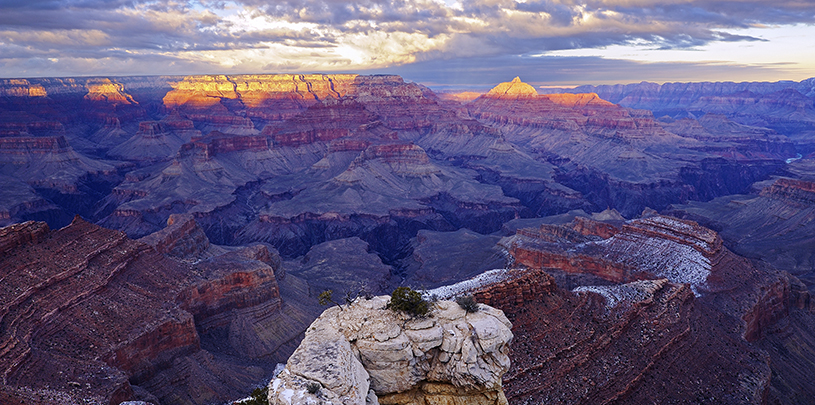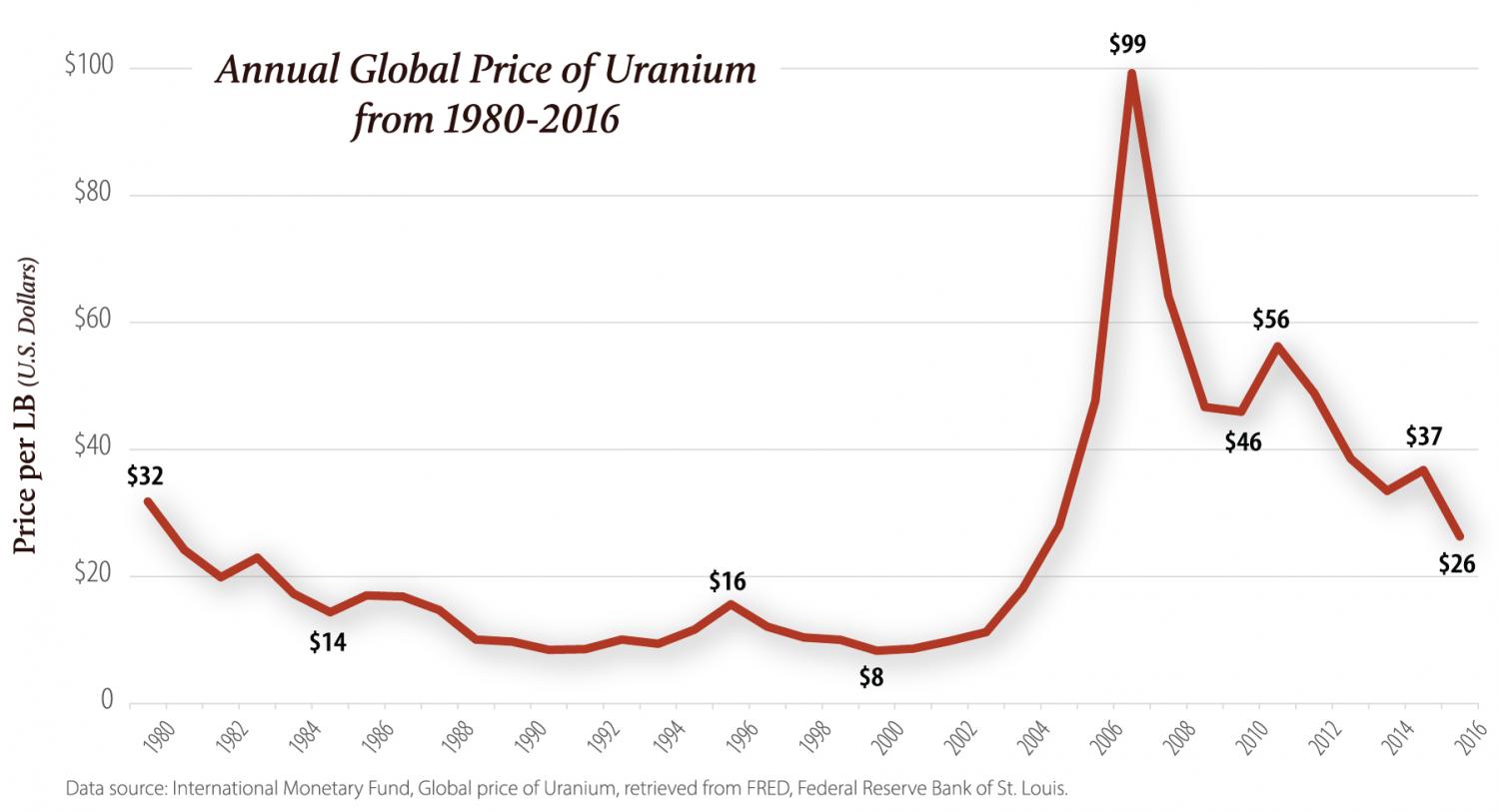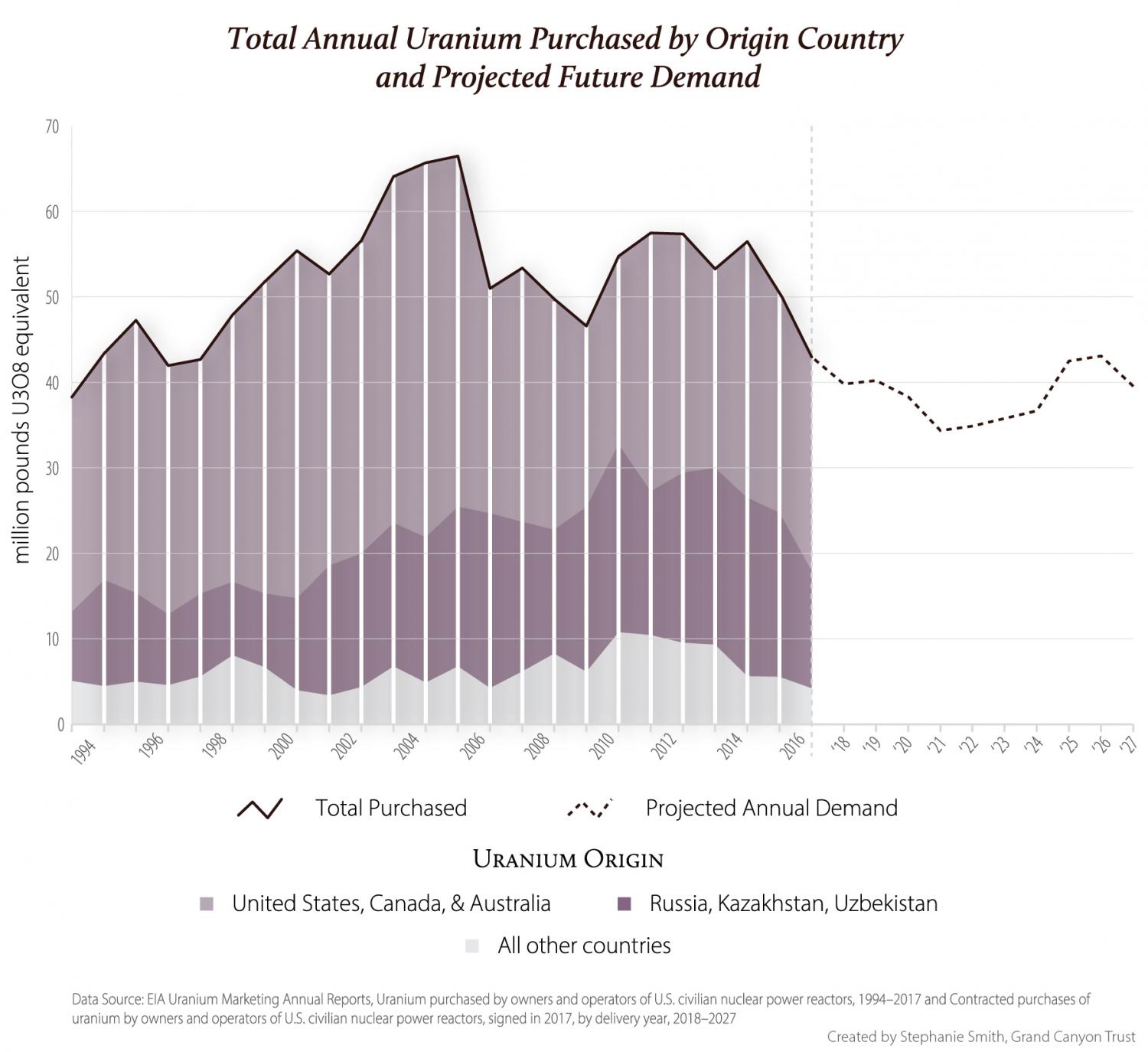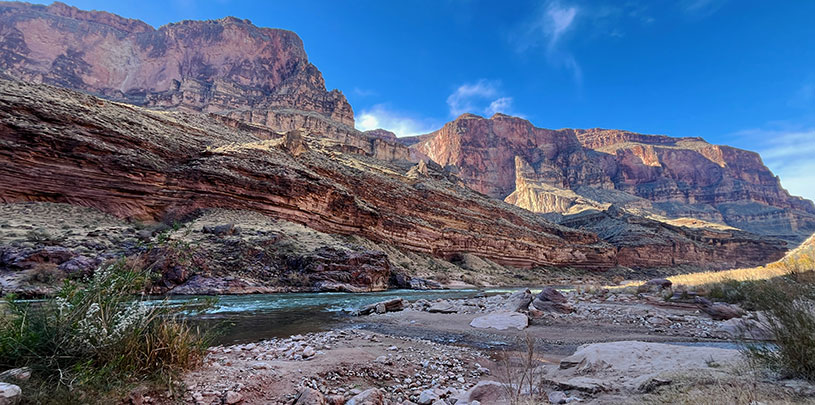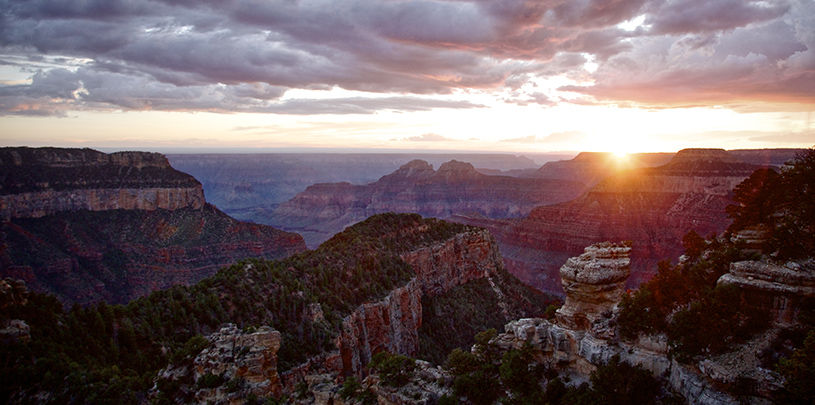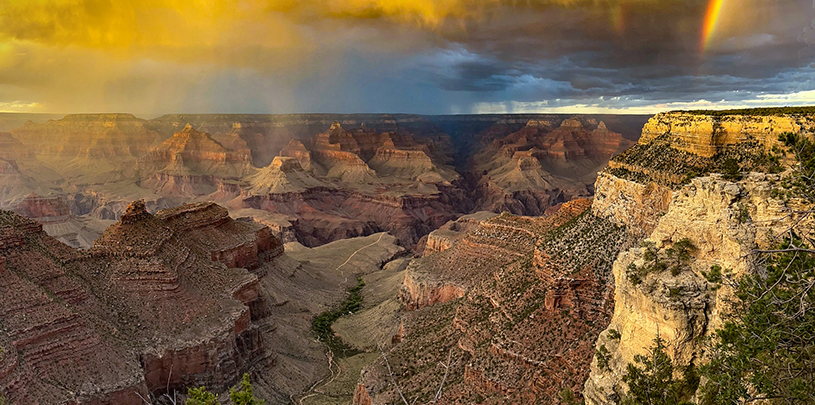
For years, uranium-mining companies eager to tap into coveted uranium deposits around the Grand Canyon have made promises — of job security, national security, and environmental security. They’ve promised jobs, thriving rural economies, a healthy environment, and clean energy. But what are the facts behind those promises? And who bears the risks if they can’t be fulfilled? A newly released Grand Canyon Trust report tackles these questions, challenging industry claims and uncovering who really stands to benefit and who bears the risks of mining for uranium near the Grand Canyon.
Economic and national security
The global market for uranium has been saturated for years, especially after the Fukushima nuclear disaster, which has kept uranium prices low and made business less profitable for companies who want to mine the resource. But about a year ago, uranium was newly listed as a critical mineral by the Interior Department — a category reserved for minerals deemed important to economic and national security.
At around the same time, two uranium mining companies, one with significant mining interests around the Grand Canyon, saw a political opportunity and submitted a petition under Section 232 of the Trade Expansion Act — a law that allows trade actions on the basis of national security. This is the same law that was used by this administration to impose tariffs on steel and aluminum. In their petition, the companies — Energy Fuels and Ur-Energy — asked the federal government to implement measures to reserve a portion of the U.S. uranium market for uranium mined from U.S. soil. These measures — in the form of quotas and a “buy American” requirement — would be significant because they would force uranium buyers to purchase from U.S. mines. Doing so would likely drive up the domestic price of uranium and allow mining companies to open or ramp up activity at mines in the U.S. that haven’t been economically feasible in the present market environment. One of these mines is Energy Fuels’ Canyon Mine near the Grand Canyon’s south rim.
The public has yet to see the recommendations that the Commerce Department sent to the president in late 2018 regarding critical minerals. Commerce is expected to send recommendations about uranium quotas to the president in April, and it’s likely we won’t learn of the federal government’s final decision on the matter until this summer.
In the meantime, we wanted a closer look at the facts for ourselves.
The findings
In a nutshell, the new report explains that, despite promises, mining in the Grand Canyon region can’t offer economic security, isn’t necessary for national security, and can’t guarantee safety for the public or the environment. In fact, the only security found in mining uranium in the Grand Canyon region is that of short-term profits for the mining industry itself. It’s the rest of us — Native American tribes who’ve called the Grand Canyon home since time immemorial, tourists and recreationists, wildlife enthusiasts, local business owners, gateway communities, and the canyon itself — who bear the risks of mining.
Breccia-pipe uranium mining involves relatively few and temporary jobs and could simultaneously jeopardize thousands of permanent jobs in the region that depend upon a healthy Grand Canyon. The U.S. has plenty of uranium for its energy and defense needs, and the Grand Canyon holds less than 1 percent of known unmined reserves throughout the country.
And despite industry claims that foreign suppliers have seized a “majority” of the U.S. market, mines in Russia, Kazakhstan, China, and Uzbekistan have most recently provided only about a third of U.S. supply, and that number has been declining since 2010.
Read the full “Uranium Mining in the Grand Canyon Region” report ›
The Grand Canyon is too precious to mine
On February 23, 2019, Arizona Rep. Raúl Grijalva cited the Trust’s report as one reason to introduce the Grand Canyon Centennial Protection Act, legislation to make the current temporary ban on new mining claims on about 1 million acres of federal lands surrounding the national park permanent.
“This is especially important now that the Grand Canyon Trust just put out a new report on how uranium mining is hurting this environment,” Rep. Grijalva said. “The bottom line is that mining uranium near the Grand Canyon does more harm than good, it doesn’t serve the public interest, and we need to draw the line here. Anyone who cares about the Grand Canyon should read this report and share it with friends.”
We hope you’ll find the report useful too and that you’ll take a few minutes to write to your congressional representatives to say uranium mining near the Grand Canyon isn’t worth the risk and should be permanently banned.

